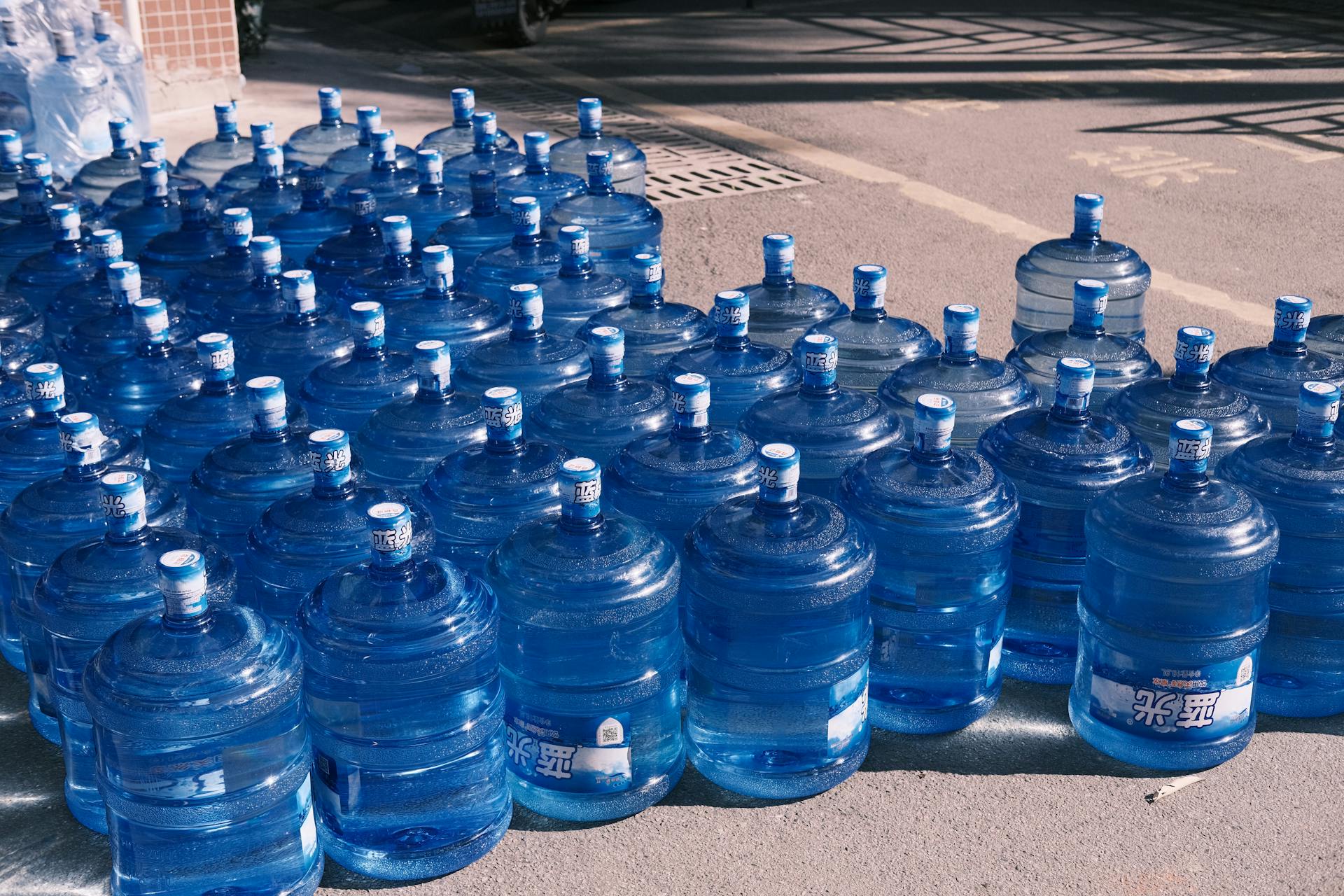Water is one of the most crucial resources for human survival, yet it’s often taken for granted until it becomes scarce. In situations like natural disasters, emergencies, or SHTF (Stuff Hits The Fan) scenarios, having access to clean water is non-negotiable. Long-term water storage is a critical step in preparedness, ensuring you and your family stay hydrated and healthy even in the most challenging circumstances. This blog post will explore various methods, containers, and best practices for storing water long-term.
Why Is Long-Term Water Storage Important?
Water is essential for hydration, cooking, cleaning, and even maintaining hygiene. While most people can survive weeks without food, life without water is limited to just a few days. In emergencies where water infrastructure fails or access becomes limited, stored water can be your lifeline.
Moreover, long-term water storage allows you to maintain independence and self-reliance during unpredictable situations. It provides peace of mind and ensures you’re prepared to handle emergencies without scrambling for supplies at the last minute.
Key Considerations for Long-Term Water Storage
Before diving into storage solutions, it’s important to understand a few key factors:
- Quantity: Aim to store at least one gallon of water per person per day for drinking, cooking, and hygiene. For a family of four, a two-week supply amounts to 56 gallons.
- Quality: Stored water must be clean and safe for consumption. Always use potable water and sanitize containers before filling them.
- Location: Store water in a cool, dark place away from direct sunlight, heat sources, and chemicals. UV light and temperature fluctuations can degrade water quality.
- Rotation: Even with proper storage, water can become stale over time. Replace stored water every 6-12 months to maintain freshness.
- Treatment: Use purification methods to prevent contamination and ensure the water remains drinkable over time.
Choosing the Right Containers for Water Storage
Selecting the right container is a critical part of successful water storage. Here are some common options:
- Food-Grade Plastic Barrels
Large food-grade plastic barrels, typically 55 gallons, are an excellent choice for long-term storage. They’re durable, easy to clean, and resistant to leaks. Choose BPA-free barrels designed specifically for water storage. - Water Storage Tanks
Water tanks, ranging from 100 to thousands of gallons, are ideal for homes or farms with ample outdoor space. Tanks made of polyethylene are popular for their durability and UV resistance. Underground water tanks provide added protection against sunlight and temperature changes. - 5-Gallon Water Jugs
Smaller water jugs are portable and practical for short-term emergencies or transport. Stackable designs save space, and they’re easy to refill and rotate. - Glass Containers
Glass bottles or jars are a viable option for short-term storage but aren’t ideal for long-term use due to fragility. They should be stored carefully to prevent breakage. - Collapsible Water Containers
For compact and lightweight storage, collapsible containers like bladders and bags can be useful. They’re not as durable as barrels or tanks, but they’re handy for limited space.
Water Treatment and Preservation Methods
Even the cleanest water can become contaminated over time, so treatment is essential to ensure its safety. Here are a few preservation methods:
- Boiling
Boiling water is one of the simplest and most effective ways to kill bacteria and pathogens. However, it’s impractical for large quantities. - Chemical Treatment
Adding chlorine bleach or water purification tablets can prevent bacterial growth. Use unscented bleach with no additives—typically 8 drops per gallon of water. - Filtration Systems
Portable filters like Berkey, LifeStraw, or Sawyer remove bacteria, protozoa, and sediment, ensuring clean water for consumption. - UV Light Treatment
UV purification devices kill microorganisms by disrupting their DNA. They’re effective but require power sources. - Distillation
Distillation eliminates contaminants by boiling water and collecting the vapor. While thorough, it’s time-consuming and resource-intensive.
Long-Term Water Storage Best Practices
- Sanitize Containers Before Use
Use a bleach solution (1 teaspoon per gallon of water) to clean containers thoroughly, then rinse them well. - Seal Containers Properly
Ensure airtight seals to prevent contamination or evaporation. Screw lids tightly, and use sealing caps if necessary. - Label Containers
Mark containers with the date of storage to keep track of rotation. - Monitor Storage Conditions
Check containers periodically for leaks, discoloration, or foul odors. - Diversify Storage Locations
Split your water storage across multiple locations to reduce risks, such as flooding or contamination.
Alternatives to Stored Water
While storing water is essential, you can also consider backup options like:
- Rainwater Harvesting: Collect and store rainwater using barrels or tanks equipped with filters.
- Natural Water Sources: Streams, rivers, and ponds can provide water if treated properly.
- Desalination: For coastal areas, desalination systems convert seawater into drinkable water.
Long-term water storage is a cornerstone of emergency preparedness, offering security and peace of mind when facing uncertain circumstances. By understanding your needs, choosing the right containers, and using proper treatment methods, you can ensure access to clean, drinkable water for you and your family.
Remember, preparedness isn’t just about stockpiling resources—it’s about empowering yourself with the knowledge and skills to navigate challenges. Start building your water storage plan today and take control of your survival!

Leave a Reply